Jib cranes are pivotal tools in many industrial settings, offering unmatched flexibility, precision, and efficiency. But what truly makes these cranes indispensable is their well-designed components. Each part of a jib crane plays a vital role in improving load handling, ensuring operations are smooth, safe, and productive. In this guide, we break down the key jib crane components and how they enhance lifting performance in real-world scenarios.
Table of Contents
Toggle1. Jib (Boom/Arm)
The jib or boom is the crane’s horizontal arm and is the main structure that extends outward to move loads. It allows for radial movement, enabling precise horizontal load travel. Its design often includes:
- A slewing mechanism that allows the arm to rotate, offering up to 360° coverage
- Mounting points for trolleys and hoists
This component ensures accurate load placement, reducing rework and manual repositioning.
👉 Learn more: What Are Jib Crane Components and How Do They Work?
2. Mast or Column
The mast is the vertical support structure in freestanding or column-mounted jib cranes. It:
- Transfers the weight of the load and boom to the foundation
- Provides stability and strength for consistent performance
Robust mast design helps manage dynamic forces during lifting operations, which is essential in applications like automotive assembly or metal fabrication.
3. Slewing Mechanism
Jib cranes are equipped with either manual or motorized slewing mechanisms, enabling the boom to rotate smoothly. This component directly impacts:
- The crane’s reach
- Coverage area in a workstation
- Operator control and ergonomics
This rotational ability is a defining advantage over stationary cranes.
4. Hoist
No load handling system is complete without a hoist. This lifting device travels along the jib arm and does the heavy lifting. Options include:
- Manual hoists for light-duty applications
- Electric chain hoists for faster and heavier lifting
- Pneumatic hoists for specific environments
High-quality hoists improve load control, lifting speed, and safety by minimizing operator fatigue.
👉 Related: Why Jib Crane Components Matter in Safe Lifting Systems
5. Trolley
Mounted on the jib arm, the trolley carries the hoist and allows it to move horizontally. Features to look for:
- Smooth glide for accurate load travel
- Load-bearing capability matching the hoist
The trolley is essential for moving loads across the entire working span efficiently.
6. Base or Foundation
A jib crane’s foundation impacts its stability and lifting capacity. In column-mounted or freestanding models, the base must be engineered to support the entire crane system. A properly installed base ensures:
- Resistance to tipping
- Reliable performance under maximum loads
This component is often customized based on building structure and load requirements.
7. Controls
Control systems improve operator precision and safety. Common control options:
- Push-button pendants
- Radio remote controls
- Integrated control panels
Modern control systems allow operators to maintain safe distances, reduce manual strain, and improve workflow responsiveness.
8. End Effectors
Also known as below-the-hook devices, end effectors provide a tailored way to grip, hold, or position specific loads. Examples include:
- Vacuum lifters
- Magnets
- Custom clamps
These devices enhance adaptability, especially in industries like glass handling or Countertop Fabricator operations.
How These Components Improve Load Handling
Precision and Accuracy
With components like smooth-gliding trolleys, precise hoists, and advanced controls, operators can achieve millimeter-level accuracy in placing loads, especially useful in assembly lines.
👉 Related: How Small Jib Crane Improves Workflow in Assembly Lines
Safety and Risk Reduction
A jib crane’s robust construction and safety-focused components reduce workplace injuries.
👉 Related: Small Jib Crane Safety Features to Prevent Workplace Injuries
Efficiency and Time Savings
By combining fast lifting speeds, accurate control, and strategic crane coverage, jib crane systems:
- Speed up loading/unloading
- Decrease manual labor
- Improve production timelines
Space Optimization
Whether wall-mounted or column-mounted, jib cranes can be installed without occupying large floor areas. The Articulated Jib Crane – Wall Mounted design is perfect for tight work zones.
👉 Product: Articulated Jib Crane – Wall Mounted
Conclusion
Understanding jib crane components is the first step to optimizing your lifting operations. Each part—from the hoist and boom to the end effector—plays a unique role in enhancing precision, safety, and efficiency.
Whether you’re running a small fabrication shop or managing a large industrial facility, investing in the right crane with the right components makes all the difference.
Explore more crane products and jib crane to upgrade your material handling today.
For more: What Makes Jib Crane Components Different from Others?

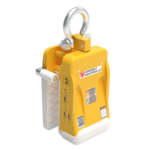
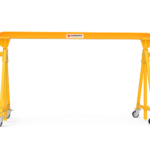
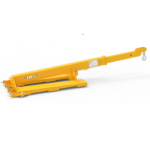
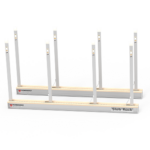
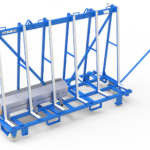
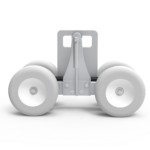
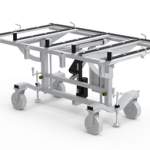
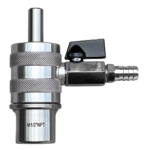
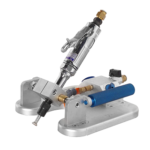
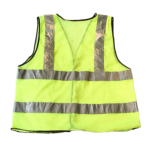
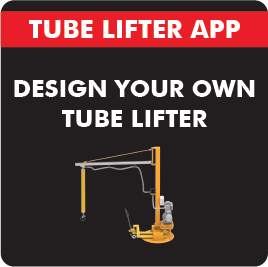
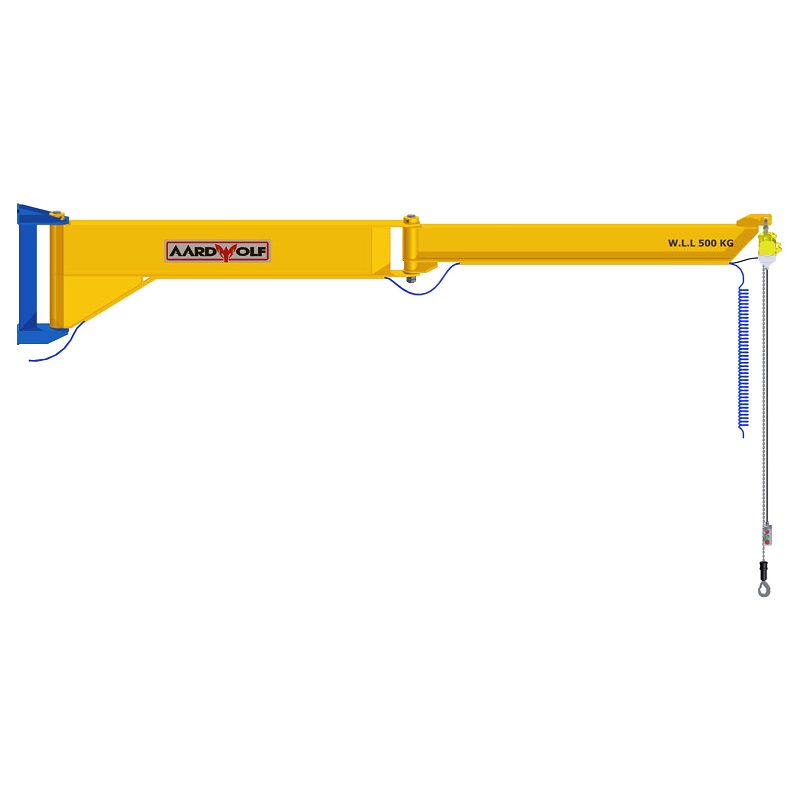
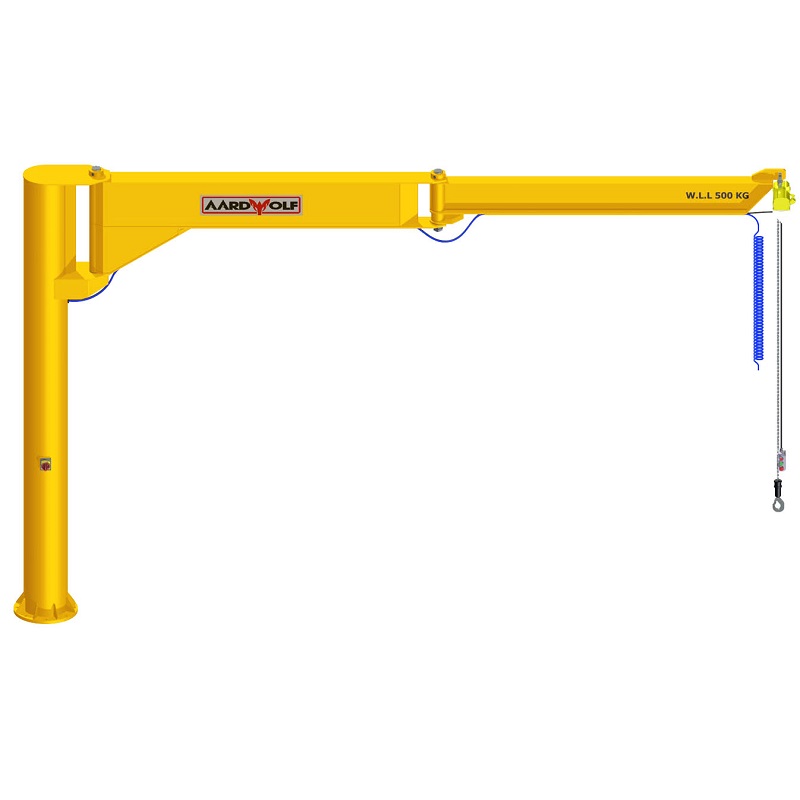
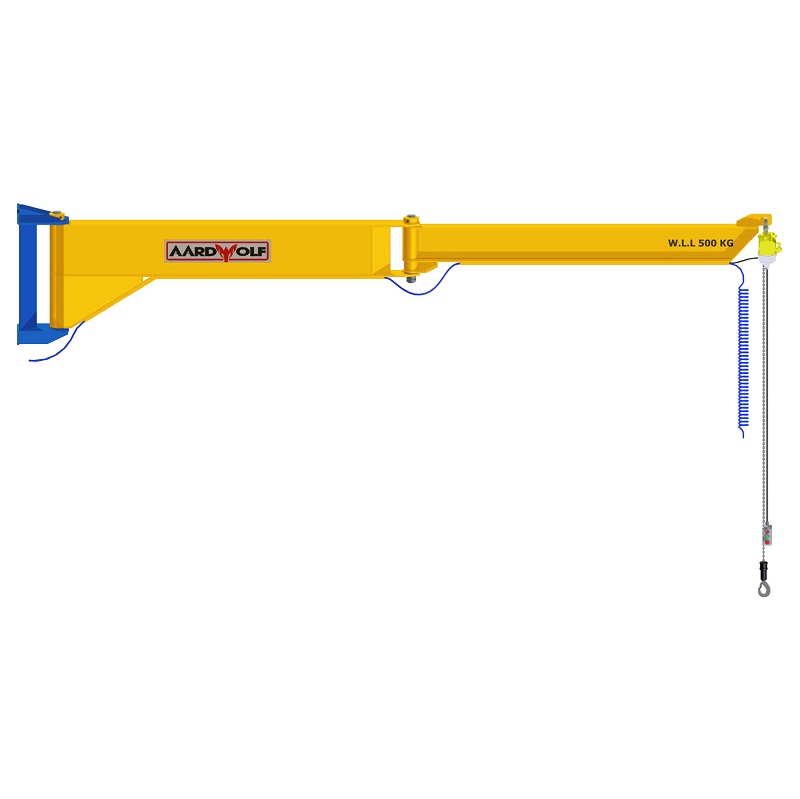
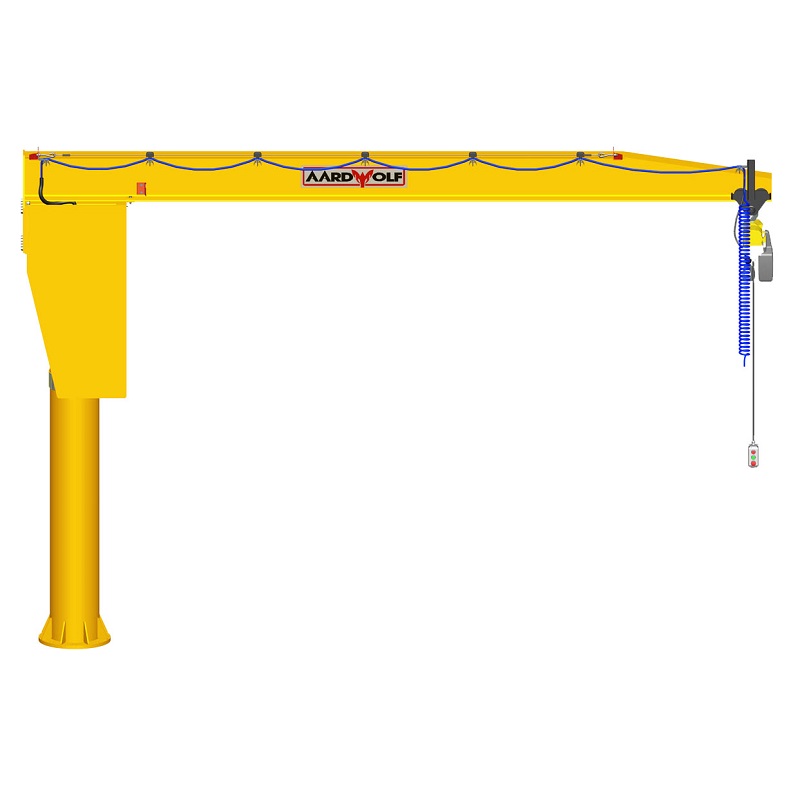


Please log in to leave a comment.